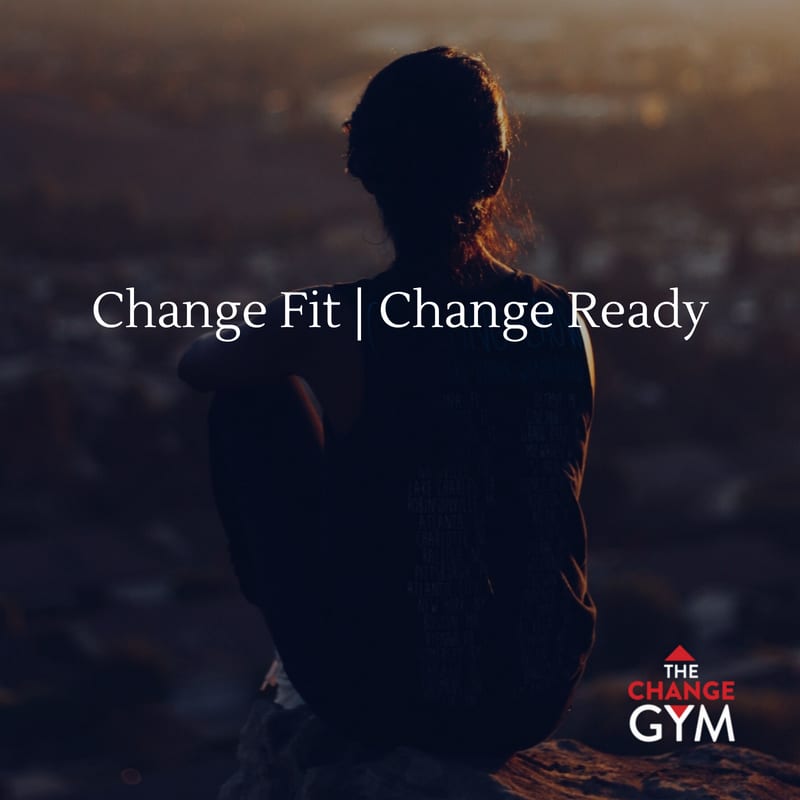
Change fitness supports performance
Change fitness doesn’t only help you change – change fitness also helps you perform.
In the modern world, our ability to perform is increasingly dependent on our ability to change. In the past, performance was largely measured by how good we became at doing a given task – like making horse shoes. If you have good hand/eye co-ordination and you make horse shoes long enough, you become a high-performance worker. But things change so fast these days that adapting skills to new contexts and learning new ones are hallmarks of high-performance workers.
The change journey
Change is a process and to succeed at your change goals you need to succeed at every stage of the process. I don’t mean you can’t make mistakes or have failures along the way, but you need to find solutions to the problems and challenges that stand in the way of success. In other words, you must be able to perform successfully at the parts of the change journey if you are to succeed at the whole of it. Even though you may have many failed attempts along the way.
Think of it like you’re on a plane flying across the ocean. A successful outcome is getting to your destination. But to achieve that successful outcome, you must successfully fly every inch of the journey. The engines, air frame, navigation system, communications system, and a host of other aircraft systems must perform every minute of the journey and across every mile. Unless that happens, you might be heading for a bumpy and wet landing.
So, how does change fitness affect performance? Change fitness affects how people approach change and how they behave when they are in the middle of it. Let me tell you what highly change-fit people are likely to do. And, yes, you can assume that less change-fit people would be less likely to exhibit these behaviours.
Signs of change fitness
Change-fit people are more likely to see possibilities and opportunities than problems. When they do see problems, they are more likely to see them as obstacles, not road-blocks. They are more likely to be optimistic about outcomes and more likely to engage in the change process. They are more likely to be self-starters and to require less management time to keep them on task and on track. They are more likely to be independent learners. And they are more likely to be solution-focused and innovative.
Are these the type of people you want more of in your organisation? People who are adaptable and able to perform well? People who perform well as things change and who make things change by how they perform? If that’s what you want, you need to have your people coached by a trained and experienced change fitness coach. It won’t happen by accident and it won’t happen unless you make it happen.
To learn more about how you can have a change-fit team of workers, reach out to me.
Written by Steve Barlow
steve@thechangegym.com